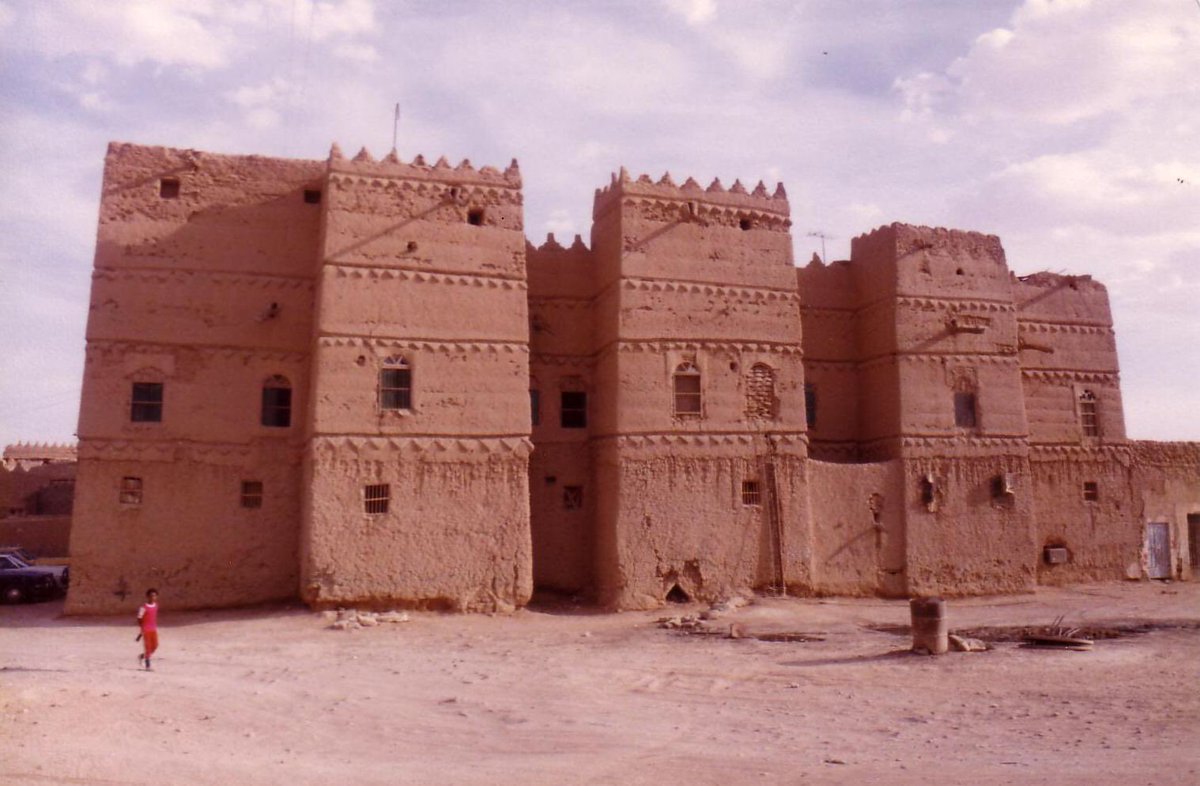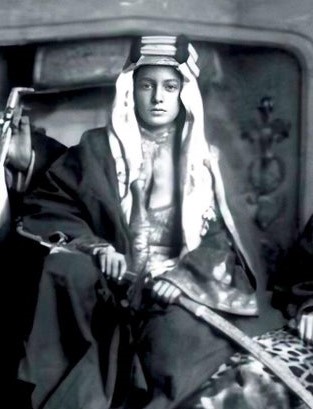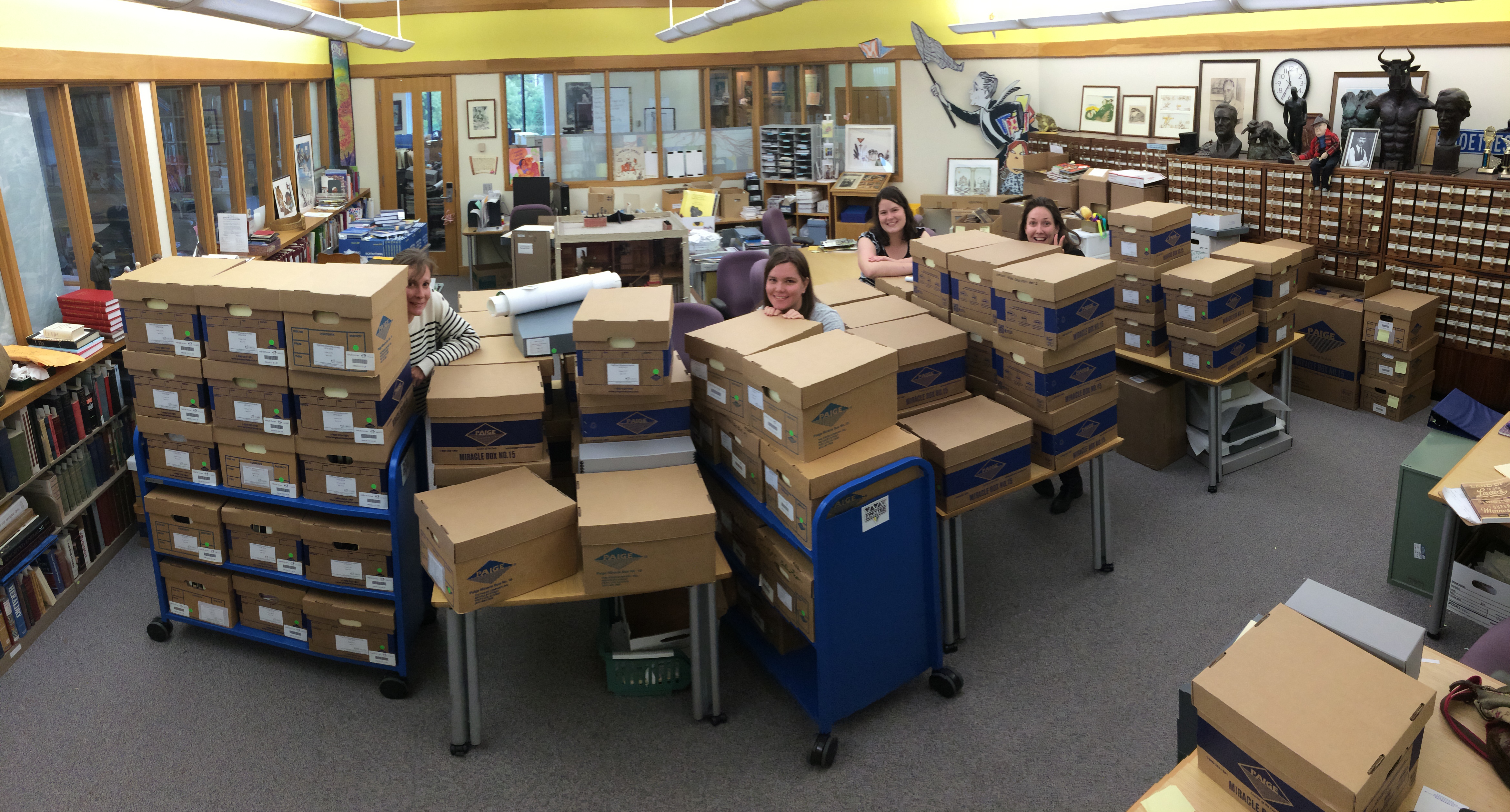|
King Abdulaziz Foundation For Research And Archives
King Abdulaziz Foundation for Research and Archives (KAFRA) (), better known as Darah, is a cultural institution in the Al Murabba, al-Murabba neighborhood of Riyadh, Saudi Arabia, located in middle of the Murabba Palace compound and the National Museum of Saudi Arabia, National Museum. It includes the King Abdulaziz Memorial Hall and King Abdulaziz Private Library. Established in September 1972 through a royal decree by Faisal of Saudi Arabia, King Faisal, it was later included in the King Abdulaziz Historical Center in 1999. The Darah mainly involves in collections management and preservation of documents and archives pertaining to Ibn Saud, King Abdulaziz, the first monarch of Saudi Arabia, his List of Kings of Saudi Arabia, successors and the History of Saudi Arabia, national history in general. References {{Reflist Cultural organisations based in Saudi Arabia Organizations established in 1972 ... [...More Info...] [...Related Items...] OR: [Wikipedia] [Google] [Baidu] |
Al Murabba
Al-Murabba () is a historic neighborhood and a subject of Baladiyah al-Malaz in Riyadh, Saudi Arabia. Spanned across 4.88 square kilometers, it shares borders with the al-Wizarat and al-Malazz neighborhoods to the east, an-Namudhajiyah neighborhood to the west and al-Futah neighborhood to the south. Its name reportedly comes from a broken square-shaped dry well around which the Murabba Palace was built and from where latter's name gets derived as well. History After the unification of Saudi Arabia, King Abdulaziz ordered building of palaces outside the former city walls of Old Riyadh, marking one of the preludes for the subsequent expansions of Riyadh. One of the places he chose was in the Murabba neighborhood in 1937 to build the Murabba Palace. According to Saudi historian Mansour al-Assaf, there was a square-shaped dry well in the neighborhood, from which the area derives its name 'al-Murabba' (lit. the square). In 1969, the Riyadh Water Tower was inaugurated in the neighb ... [...More Info...] [...Related Items...] OR: [Wikipedia] [Google] [Baidu] |
King Abdulaziz Historical Center
The King Abdulaziz Historical Center (KAHC) () is a translocational compound that includes prominent cultural and heritage landmarks in the al-Murabba and al-Futah neighborhoods of Riyadh, Saudi Arabia, encompassing the al-Murabba Palace, the National Museum, King Abdulaziz Foundation for Research and Archives, King Abdulaziz Public Library, King Abdulaziz Auditorium, Red Palace and Riyadh Water Tower besides six municipal parks and gardens, including the National Museum Park, al-Watan Park, the One Hundred Palm Trees Park and al-Yamamah Park. It was inaugurated in January 1999 by King Fahd to mark the centenary year of the Emirate of Riyadh, the first iteration of modern Saudi Arabia. It is not the "historic centre" of the city as this lies to the south around Masmak fort and the main Friday Mosque in the Dira district. The origin of the ''King Abdul Aziz Historical Centre'' is the former compound of the Murabba' Palace, which was built in 1936/37 by King Abdul Aziz abou ... [...More Info...] [...Related Items...] OR: [Wikipedia] [Google] [Baidu] |
Riyadh
Riyadh (, ar, الرياض, 'ar-Riyāḍ, lit.: 'The Gardens' Najdi pronunciation: ), formerly known as Hajr al-Yamamah, is the capital and largest city of Saudi Arabia. It is also the capital of the Riyadh Province and the centre of the Riyadh Governorate. It is the largest city on the Arabian Peninsula, and is situated in the center of the an-Nafud desert, on the eastern part of the Najd plateau. The city sits at an average of above sea level, and receives around 5 million tourists each year, making it the forty-ninth most visited city in the world and the 6th in the Middle East. Riyadh had a population of 7.6 million people in 2019, making it the most-populous city in Saudi Arabia, 3rd most populous in the Middle East, and 38th most populous in Asia. The first mentioning of the city by the name ''Riyadh'' was in 1590, by an early Arab chronicler. In 1737, Deham Ibn Dawwas, who was from the neighboring Manfuha, settled in and took control of the city. Deham built a ... [...More Info...] [...Related Items...] OR: [Wikipedia] [Google] [Baidu] |
Saudi Arabia
Saudi Arabia, officially the Kingdom of Saudi Arabia (KSA), is a country in Western Asia. It covers the bulk of the Arabian Peninsula, and has a land area of about , making it the fifth-largest country in Asia, the second-largest in the Arab world, and the largest in Western Asia and the Middle East. It is bordered by the Red Sea to the west; Jordan, Iraq, and Kuwait to the north; the Persian Gulf, Qatar and the United Arab Emirates to the east; Oman to the southeast; and Yemen to the south. Bahrain is an island country off the east coast. The Gulf of Aqaba in the northwest separates Saudi Arabia from Egypt. Saudi Arabia is the only country with a coastline along both the Red Sea and the Persian Gulf, and most of its terrain consists of arid desert, lowland, steppe, and mountains. Its capital and largest city is Riyadh. The country is home to Mecca and Medina, the two holiest cities in Islam. Pre-Islamic Arabia, the territory that constitutes modern-day Saudi Ar ... [...More Info...] [...Related Items...] OR: [Wikipedia] [Google] [Baidu] |
National Museum Riyadh (6781663057)
National may refer to: Common uses * Nation or country ** Nationality – a ''national'' is a person who is subject to a nation, regardless of whether the person has full rights as a citizen Places in the United States * National, Maryland, census-designated place * National, Nevada, ghost town * National, Utah, ghost town * National, West Virginia, unincorporated community Commerce * National (brand), a brand name of electronic goods from Panasonic * National Benzole (or simply known as National), former petrol station chain in the UK, merged with BP * National Car Rental, an American rental car company * National Energy Systems, a former name of Eco Marine Power * National Entertainment Commission, a former name of the Media Rating Council * National Motor Vehicle Company, Indianapolis, Indiana, USA 1900-1924 * National Supermarkets, a defunct American grocery store chain * National String Instrument Corporation, a guitar company formed to manufacture the first resonator ... [...More Info...] [...Related Items...] OR: [Wikipedia] [Google] [Baidu] |
Cultural Institution
A cultural institution or cultural organization is an organization within a culture/subculture that works for the Preservation (library and archive), preservation or promotion of culture. The term is especially used of public and charitable organizations, but its range of meaning can be very broad. Examples of cultural institutions in modern society are museums, library, libraries, archives, church (building), churches, Art museum, art galleries, theaters, concert halls and opera houses. See also * Art world * Confucius Institute * GLAM (industry sector) * Institution References External links Social institutions Cultural organizations, * {{socio-stub ... [...More Info...] [...Related Items...] OR: [Wikipedia] [Google] [Baidu] |
Murabba Palace
The Murabba Palace (Arabic: Qasr al Murabba; the Square Palace) is one of the historic buildings in Al Murabba, Riyadh, Saudi Arabia. The palace is the first building that was erected outside the walls of the old city. It was named after its square with the form of . It is one of the museums in the city. History The palace was built by King Abdulaziz outside Riyadh, being the first major expansion of the city in the twentieth century. Construction was started in 1936 and partly finalized in 1938. It was fully completed in 1945. The construction was supervised by builder Ibn Qabba, but the King also personally involved in the construction process. The palace was intended to be a family residence and court for the king. With the construction of the palace three novel technologies were introduced to the Saudi society: the use of the automobiles as means of transportation, electricity by means of generators and water closets with drainage systems. In order to connect the palace with ... [...More Info...] [...Related Items...] OR: [Wikipedia] [Google] [Baidu] |
National Museum Of Saudi Arabia
The National Museum of Saudi Arabia () is a national museum located in the al-Murabba neighborhood of Riyadh, Saudi Arabia. Established in 1999,Moriyama & Teshima Planners Limited developers for the urban design and landscaping of the site of the King Abdulaziz Historical Centre. it is part of the King Abdulaziz Historical Centre and is surrounded by al-Wadi Park to the north and al-Madi Park to the east, who altogether constitute eastern side of the . The building [...More Info...] [...Related Items...] OR: [Wikipedia] [Google] [Baidu] |
Faisal Of Saudi Arabia
Faisal bin Abdulaziz Al Saud ( ar, فيصل بن عبدالعزيز آل سعود ''Fayṣal ibn ʿAbd al ʿAzīz Āl Suʿūd'', Najdi Arabic pronunciation: ; 14 April 1906 – 25 March 1975) was a Saudi Arabian statesman and diplomat who was King of Saudi Arabia from 2 November 1964 until his assassination in 1975. Prior to his ascension, he served as Crown Prince of Saudi Arabia from 9 November 1953 to 2 November 1964, and he was briefly regent to his half-brother King Saud in 1964. He was prime minister from 1954 to 1960 and from 1962 to 1975. Faisal was the third son of King Abdulaziz, the founder of modern Saudi Arabia, and the second of Abdulaziz's six sons who were kings. Faisal was the son of Abdulaziz and Tarfa bint Abdullah Al Sheikh. His father was still reigning as Emir of Nejd at the time of Faisal's birth, and his mother was from the Al ash-Sheikh family which has produced many prominent Saudi religious leaders. Faisal emerged as an influential royal politician ... [...More Info...] [...Related Items...] OR: [Wikipedia] [Google] [Baidu] |
Collections Management
Collections management involves the development, storage, and preservation of cultural property, as well as objects of contemporary culture (including contemporary art, literature, technology, and documents) in museums, libraries, archives and private collections. The primary goal of collections management is to meet the needs of the individual collector or collecting institution's mission statement , while also ensuring the long-term safety and sustainability of the cultural objects within the collector's care. Collections management, which consists primarily of the administrative responsibilities associated with collection development, is closely related to collections care, which is the physical preservation of cultural heritage. The professionals most influenced by collections management include collection managers, registrars, and archivists. Definition Cultural property collections require a great deal of care and protection in order to ensure their safety from external ... [...More Info...] [...Related Items...] OR: [Wikipedia] [Google] [Baidu] |
Ibn Saud
Abdulaziz bin Abdul Rahman Al Saud ( ar, عبد العزيز بن عبد الرحمن آل سعود, ʿAbd al ʿAzīz bin ʿAbd ar Raḥman Āl Suʿūd; 15 January 1875Ibn Saud's birth year has been a source of debate. It is generally accepted as 1875, although a few sources give it as 1880. According to British author Robert Lacey's book ''The Kingdom'', a leading Saudi historian found records that show Ibn Saud in 1891 greeting an important tribal delegation. The historian reasoned that a 10 or 11-year-old child (as given by the 1880 birth date) would have been too young to be allowed to greet such a delegation, while an adolescent of 15 or 16 (as given by the 1875 date) would likely have been allowed. When Lacey interviewed one of Ibn Saud's sons prior to writing the book, the son recalled that his father often laughed at records showing his birth date to be 1880. Ibn Saud's response to such records was reportedly that "I swallowed four years of my life." p. 561" – 9 Novembe ... [...More Info...] [...Related Items...] OR: [Wikipedia] [Google] [Baidu] |
List Of Kings Of Saudi Arabia
The king of Saudi Arabia is the monarchial head of state and ruler of Saudi Arabia who holds absolute power. He is the head of the Saudi Arabian royal family, the House of Saud. The king is called the "Custodian of the Two Holy Mosques" (), a title that signifies Saudi Arabia's jurisdiction over the mosques of Masjid al Haram in Mecca and Al-Masjid an-Nabawi in Medina. The title has been used many times through the history of Islam. The first Saudi monarch to use the title was King Faisal; however, King Khalid did not use the title after him. In 1986, King Fahd replaced " His Majesty" with the title of Custodian of the Two Holy Mosques, and it has been ever since used by both King Abdullah and King Salman bin Abdulaziz. History Ibn Saud King Abdul-Aziz (known in the West as Ibn Saud) regained his patrimony, which is known as today's Saudi Arabia in 1902. Restoring his family as emirs of Emirate of Riyadh, he then established Sultanate of Nejd as his headquarters in 1922. ... [...More Info...] [...Related Items...] OR: [Wikipedia] [Google] [Baidu] |





